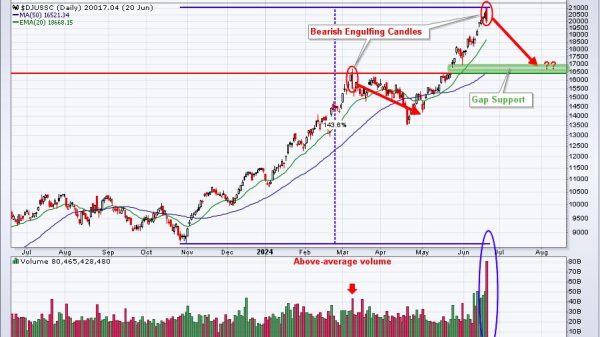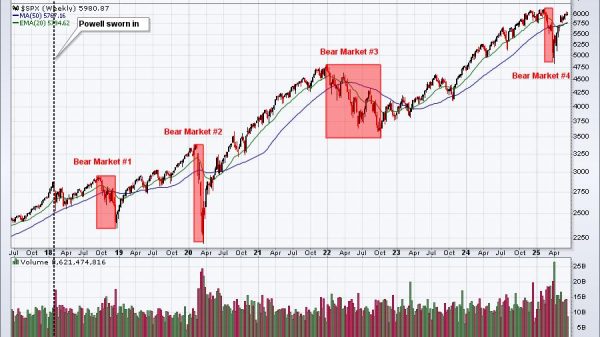Bitcoin’s Volatility: Highs of $65,500 and Lows of $60,000
Quick Look:
Rapid Fluctuations: Bitcoin hit $65,500, then dropped to $60,800, reflecting intense market volatility; Resistance Challenges: Efforts to surpass $62,000 were met with resistance, highlighting difficulties in maintaining gains; Investor Behavior: Shifts from short-term to long-term holders influence significant price changes.The cryptocurrency market is well-known for its high volatility and rapid price changes. Consequently, Bitcoin (BTC) often leads the charge as the primary digital asset. In the past few weeks, BTC has exhibited significant fluctuations. It reached a 12-day high before experiencing a series of declines and modest recoveries. Furthermore, this article delves into the recent price dynamics of Bitcoin. We will analyse the factors influencing market movements and the implications for investors.
A Rollercoaster Week for Bitcoin
It was last Monday when Bitcoin surged to a remarkable $65,500, marking a 12-day peak. This ascent, however, was short-lived as the bears quickly regained control, causing the price to retract several thousand dollars to $60,800 by Thursday. This pattern of brief spikes followed by sharp declines highlights the ongoing battle between bullish and bearish forces in the market.
The volatility persisted into the weekend. After another attempted breakout on Friday, where BTC momentarily touched $64,000, it once again faced a downturn, plummeting to just above $60,000. Despite this setback, the bulls slightly recovered over the weekend, stabilizing the price around $61,000. These rapid fluctuations underscore the uncertain climate within the cryptocurrency markets, where investor sentiment can shift dramatically in a matter of hours.
Challenges in Sustaining Gains
BTC’s attempt to breach the $62,000 mark yesterday met with resistance, halting its upward trajectory. This rejection led to another dip to $60,800 earlier today. Nonetheless, the cryptocurrency demonstrated resilience, rallying over $2,000 in the past hour and now teetering close to $63,000. This recent surge has brought its market capitalization near a staggering $1.250 trillion.
Since March, BTC has mostly oscillated between $60,000 and $70,000. The anticipated April halving event turned out to be a non-starter in boosting the price long-term, seen by many as a classic ‘sell-the-news’ scenario in the absence of substantial market catalysts. Moreover, the dwindling inflows from exchange-traded funds (ETFs) over recent weeks have contributed to the bearish sentiment, exacerbating the challenges in sustaining price gains.
Investor Behaviour and Market Dynamics
The investment patterns and behaviours also offer insight into Bitcoin’s price movements. Peak values held by short-term investors reached an all-time high of $289.9 billion in 2021. In contrast, the value was $117.8 billion in 2017. During these peak periods, Bitcoin typically experiences a high turnover. The turnover occurs from long-term holders and miners to short-term holders. These short-term holders generally retain their holdings for less than 155 days.
Following these peaks, short-term holder losses have tended to increase sharply, leading to a reversal where short-term sellers begin to offload their holdings to long-term holders. This shift has historically triggered significant price drawdowns within the subsequent four to six months. According to analysts, the most recent cycle saw short-term holders possessing Bitcoin valued at $218.9 billion. Initially profitable, these holders began to sell actively about a month later, culminating in a price drop of approximately -6% from the period’s peak.
The continuous interplay between short-term gains and long-term investments is a critical factor in understanding Bitcoin’s price behaviour. As the market evolves, both new and seasoned investors must stay informed and cautious, navigating through the waves of volatility with a balanced perspective on short-term fluctuations and long-term potential.
The post Bitcoin’s Volatility: Highs of $65,500 and Lows of $60,000 appeared first on FinanceBrokerage.























